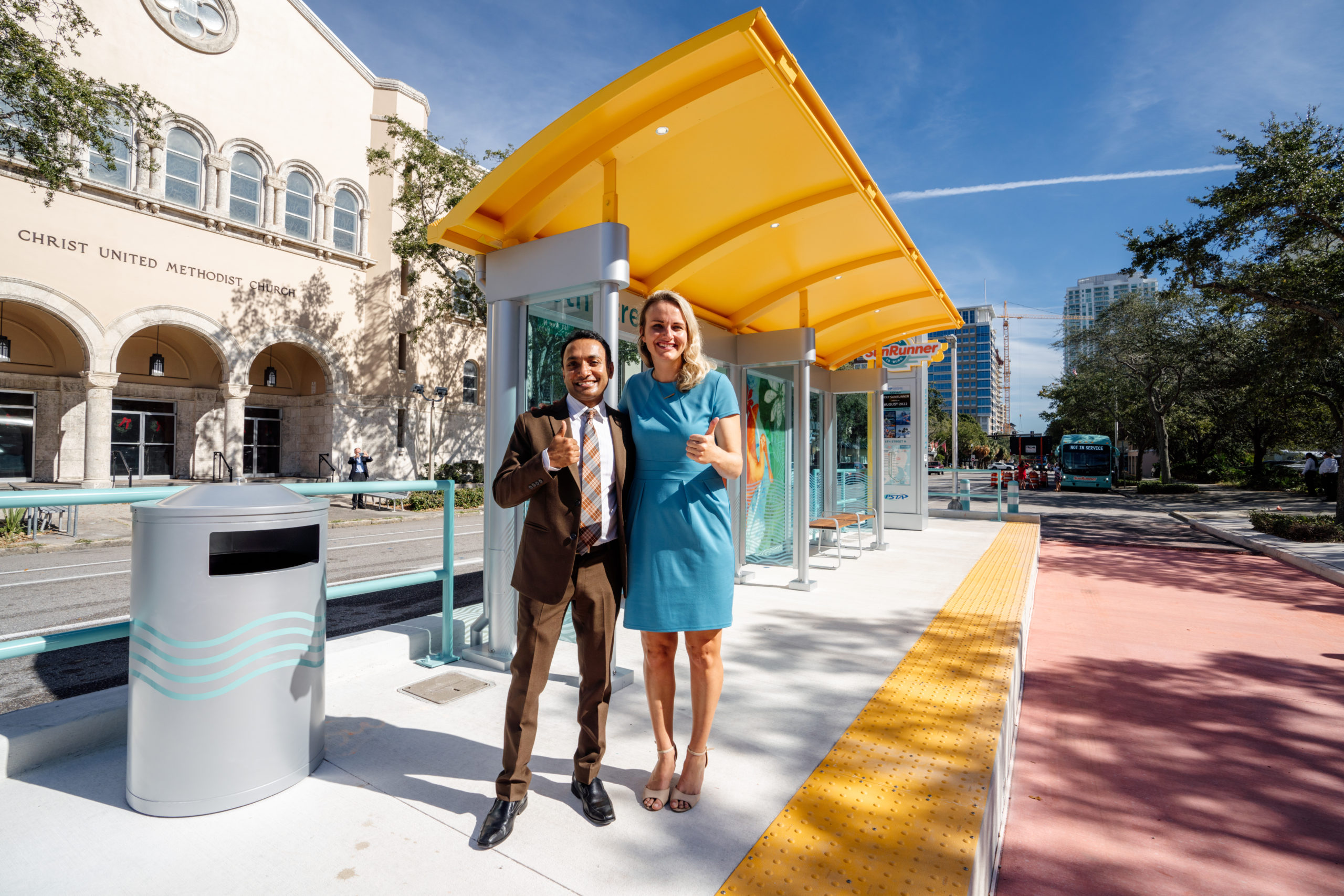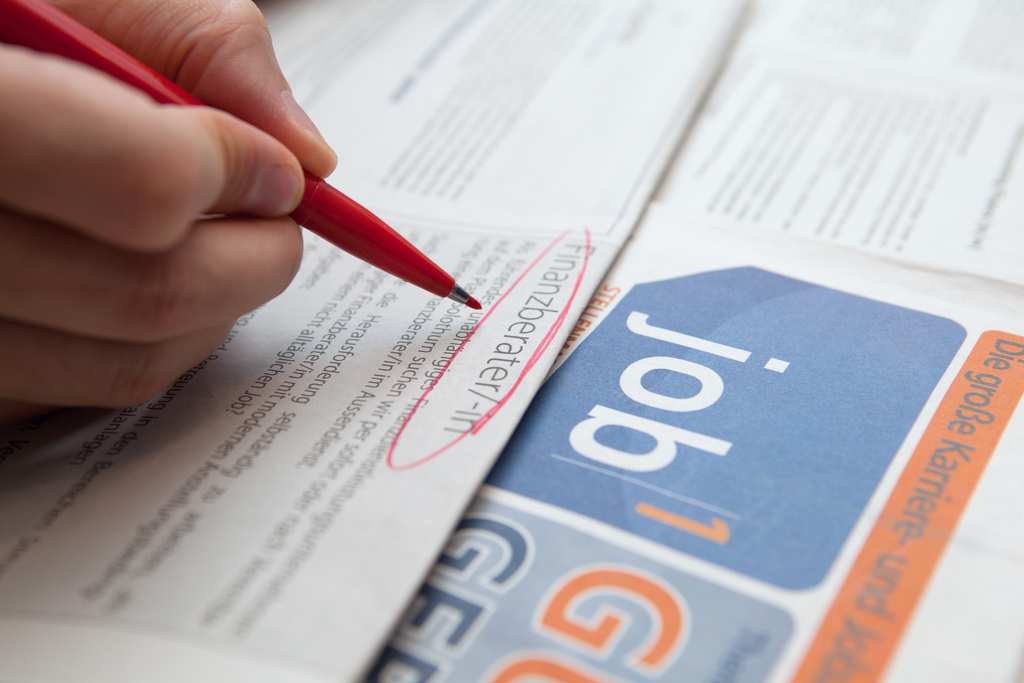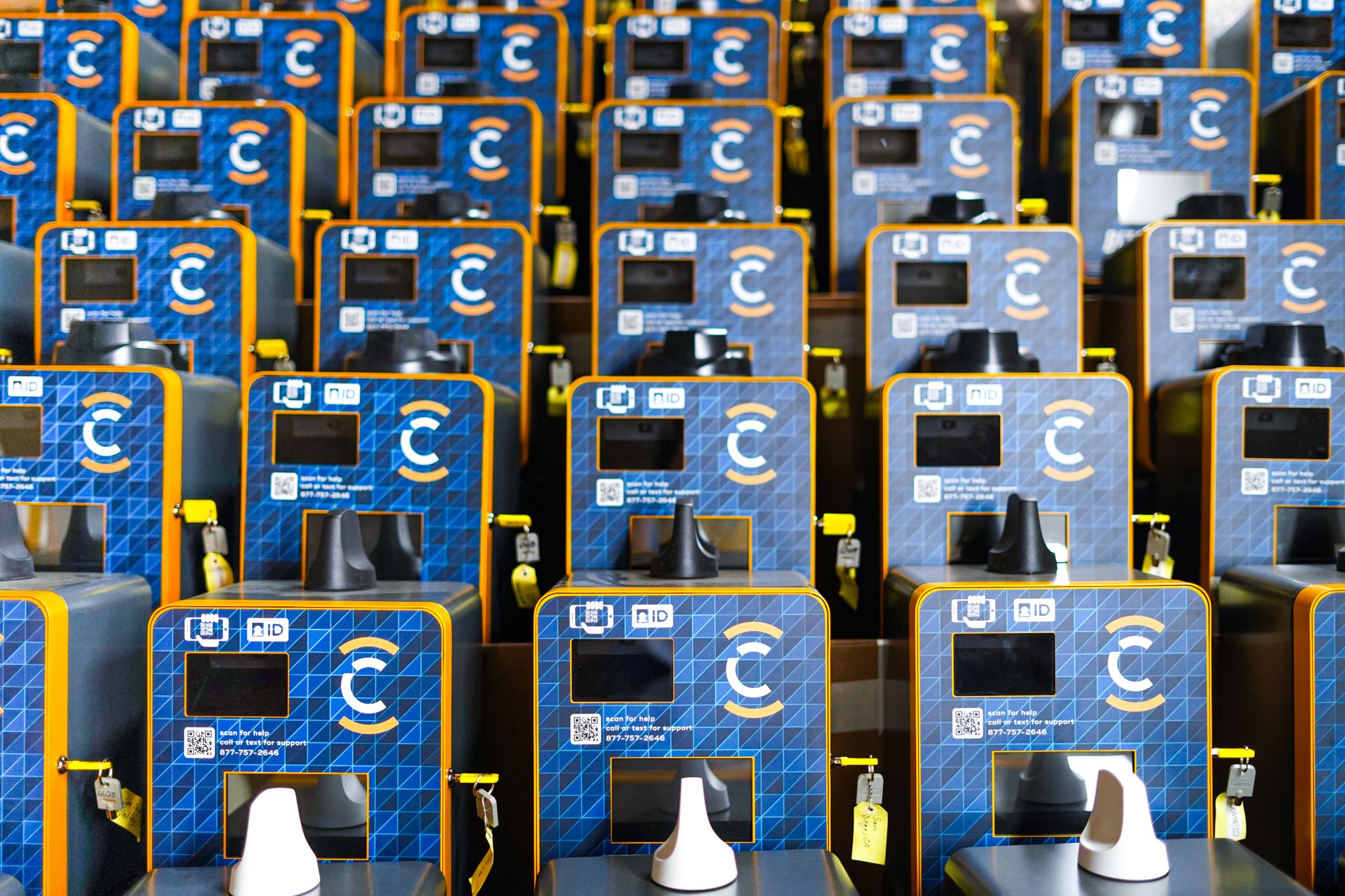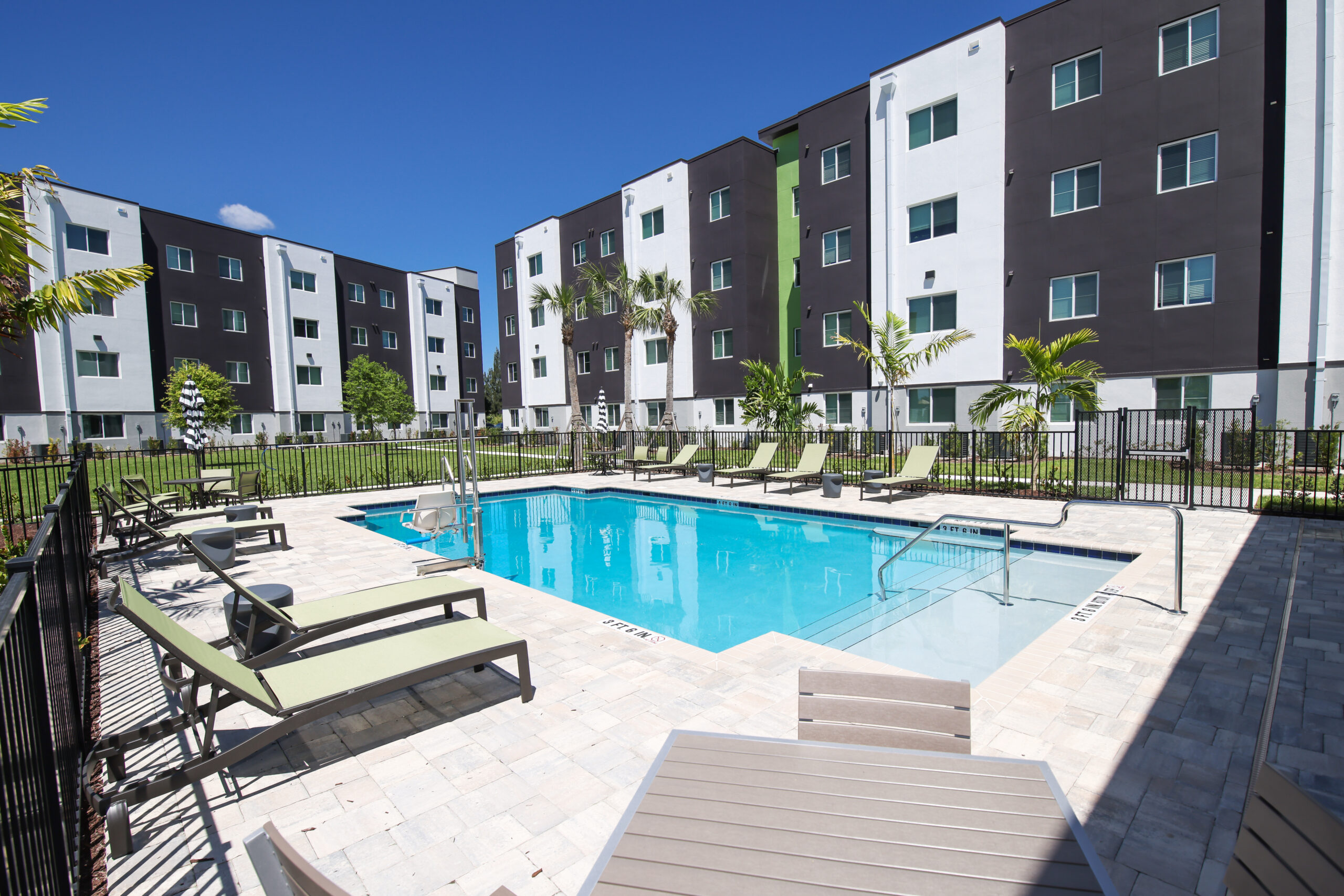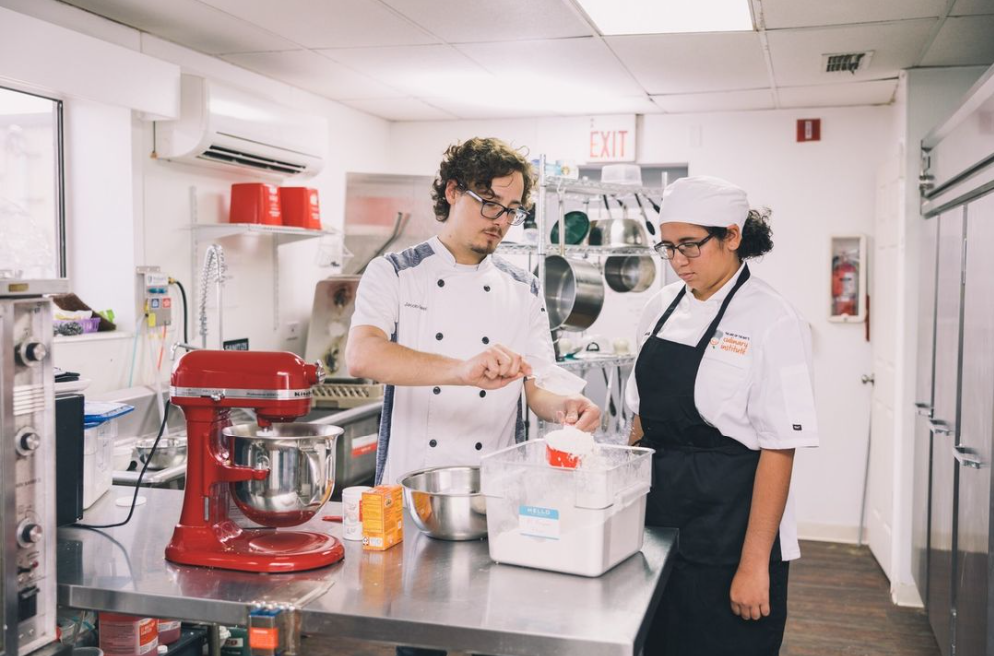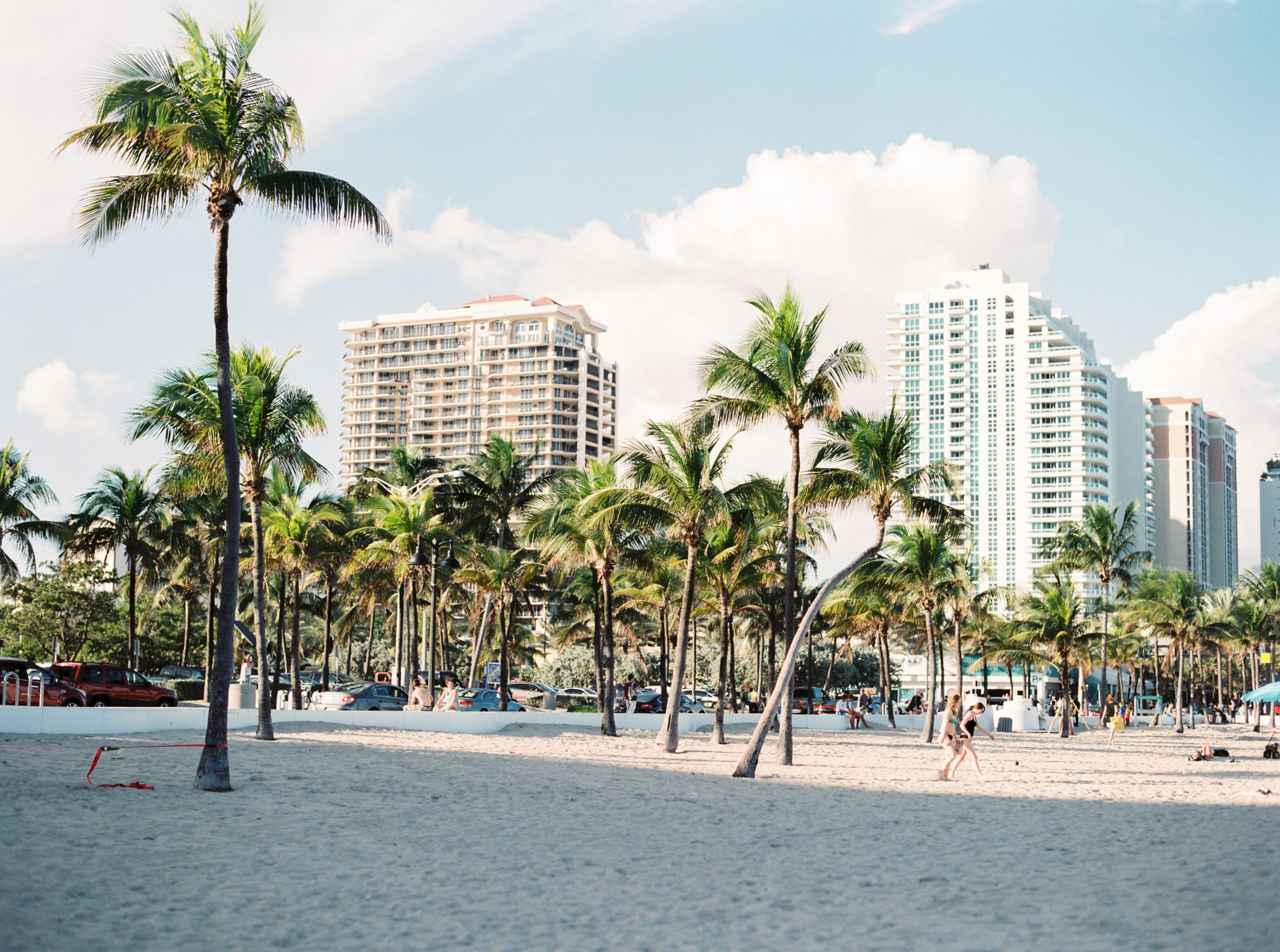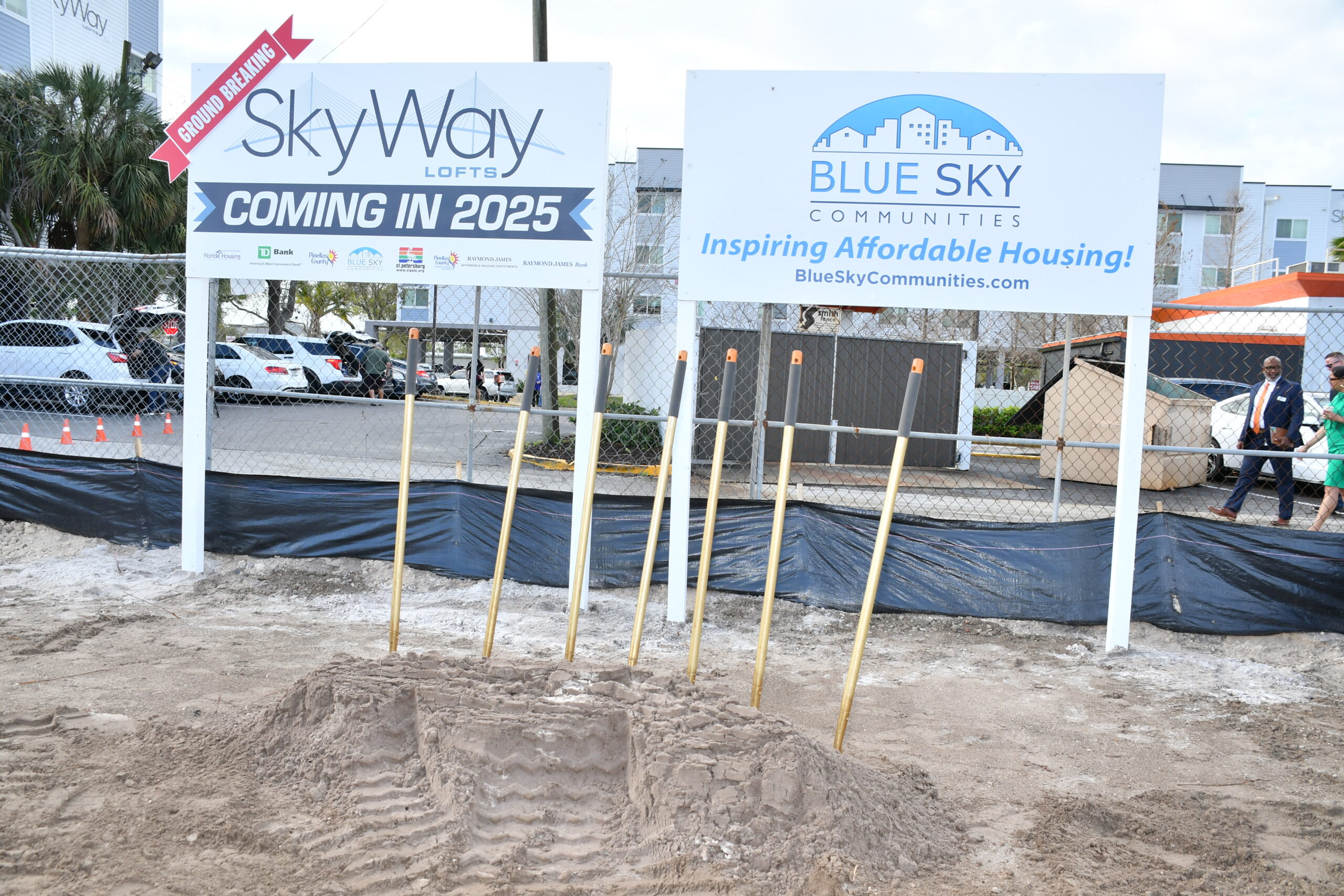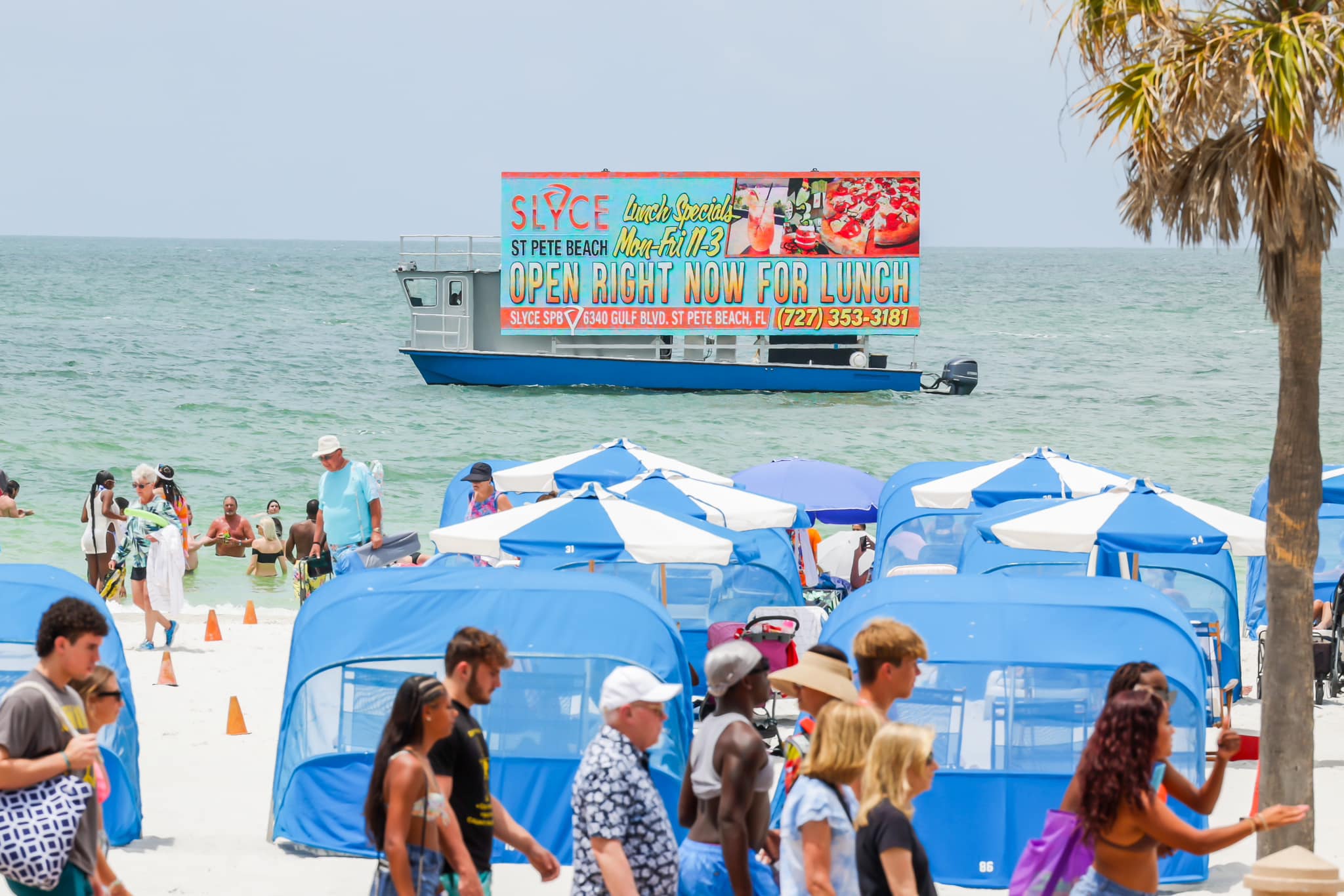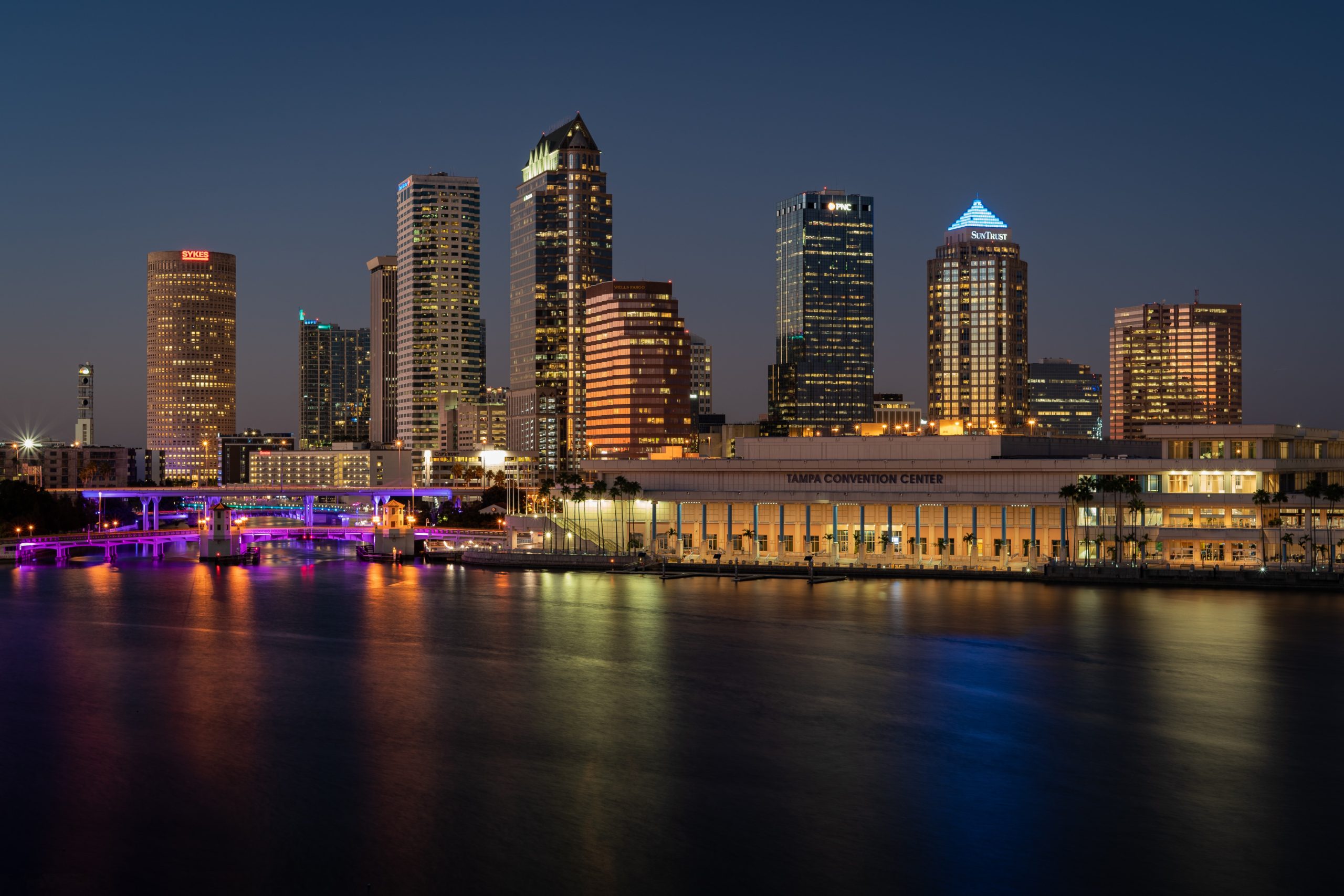The first platform for St. Petersburg’s SunRunner bus rapid transit system is complete, and the service is expected to begin operations by summer 2022.
“We anticipate about 4,000 riders a day with seven buses running and two spares,” said Abhishek Dayal, director of project management for the Pinellas Suncoast Transit Authority. “We are very excited about this project. It has been on the books for a while. We’ve completed many studies, planning and engineering to explore options for moving people more efficiently from one end of the county to the other.”
Bus rapid transit is a method to do that, having fewer stops along a route to get people to their destination faster. SunRunner will serve tourists heading to the beach, shift workers heading to their offices, residents traveling the county and everyone in between, Dayal said.
The Hillsborough Area Regional Transit Authority, or HART, already operates MetroRapid, which connects downtown Tampa and the University Area via Nebraska and Fletcher avenues.
Both bus rapid transit systems will use the Transit Signal Priority system, which holds green lights and shortens red lights for buses as they approach an intersection, if the bus is three minutes (or more) behind schedule. The system provides a 15% travel-time savings. MetroRapid buses are estimated to travel the North-South route in under an hour.
Bus Rapid Transit features limited stops, and there will be ticket vending machines at select station stops, enhanced passenger stations with bicycle racks, and low floor buses.
The fee to ride SunRunner will be $2.25, the same as for any bus ride, Dayal said. PTSA is also rolling out a Flamingo Fare program which allows transit customers to pay in advance and put an app on their phone or carry a Flamingo card to pay. HART uses that same app, which will be linked to the same account.
“We are truly looking forward to seeing what kind of transformation this causes, how people choose to travel,” Dayal said.
Riders can park at downtown locations and catch the train-like transit option, which connects downtown St. Pete with South Pasadena and St. Pete Beach. PSTA will space stops at least a mile apart and buses will run every 15 minutes during the day, beginning at 6 a.m. and every 30 minutes in the evening up until midnight.
SunRunner will use Business Access Transit, or BAT lanes, sharing them with other vehicles when they make turns. It will also use Transit Signal Priority at traffic lights to keep the buses running on schedule.
The 30 stations PTSA is constructing for the bus rapid transit system will be branded and customized and contain ticket vending, shelters, benches and trash receptacles. Some will feature the work of local artists.
The ride will include free wi-fi, onboard bike space and multi-door boarding.
According to the American Public Transportation Association, every $1 invested in public transportation generates $4 in economic return. Further, according to its study, communities that invest in public transit reduce the nation’s carbon emissions by 37 million metric tons a year.
Public transit reduces traffic congestion, as well as emissions and cuts the demand for fossil fuels and offshore drilling. Many commuters also consider it a more relaxing way to travel.
Bus rapid transit has been used for a couple of decades, particularly in South America. They are a newer development in the U.S.
The total project will cost $43.9 million, Dayal said. It is a mix of federal, state and local funding. The Federal Transit Administration is paying about half the cost, or $21.8 million, while the Florida Department of Transportation will kick in $10.5 million. The balance will come from the City of St. Petersburg and PSTA.
“Our current ridership, we serve tourists, workers and residents on our Central Avenue trolley and a lot of these people do get stuck in traffic, so we are targeting all three using our faster and more reliable service,” Dayal said.
In addition to eliminating some cars from the road, bus rapid transit also frees up parking spaces and boosts property values, according to PTSA. It should also improve safety with wider bike lanes and safer crosswalks installed in key areas.
It is expected to streamline traffic movement for delivery drivers as well as local customers and increase foot traffic in local businesses.












